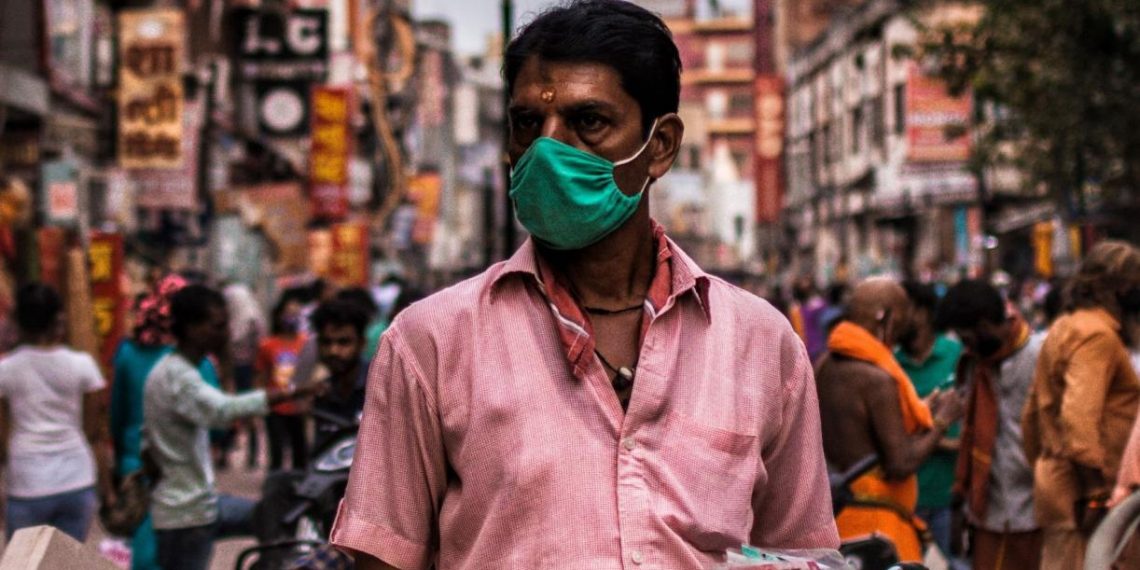Climate action should be an essential part of any national budget, and countries take different approaches to funding this work. Developing countries pay for climate action with domestic budgets first, making up the difference with finance from private investment and overseas public financial institutions (like development banks, aid agencies or climate funds). But in developing countries around the world, COVID-19 has dramatically impacted what governments are spending money on and how much money they have to spend, devastating this first source of climate spending.
Emerging evidence shows that government revenue reductions in many countries, coupled with the need to reallocate resources toward health or social services, are causing countries to cut spending on climate initiatives. In other words, the pandemic made an existing shortfall in country budgets even worse. This shortfall also comes at a time when some developed countries have decreased their international aid, a critical secondary source of climate finance in developing countries.
While addressing COVID-19 is undoubtedly important, climate action is more vital than ever before. The economic and budget impacts combined are putting climate finance on hold at a time when it needs to be increasing.
Developing Countries Face a Desperate, Immediate Choice: COVID-19 or Climate
The pandemic threw developing countries’ economies into disarray, causing many nations to lose revenue necessary for domestic public expenditures. Large sums of government budgets were re-appropriated to deal with the immediate consequences of the coronavirus, putting a crunch on remaining fiscal resources. Additionally, developing countries could rarely — if ever — turn to the kinds of monetary levers used by the world’s major economies to inject money into their economies. The budgetary crunch is causing shortfalls in already scarce climate finance.
The financial strain has been particularly acute for small island developing states that are highly vulnerable to impacts from climate change. The GDPs of these tourism-dependent economies are expected to contract by an average of 4.7% in contrast to global estimates of 3%.
In Fiji, for example, 2020 revenue shortfalls resulted in budget cuts to climate-related investments, especially in the water and sanitation, transport and disaster risk management sectors. In total, Fiji saw around a 40% reduction in domestic climate finance allocations for 2020, compared to 2019. That same year, Fiji felt the impacts of climate change from natural disasters such as cyclone Yasa, which caused an estimated $250 million in losses to infrastructure, agriculture and livelihoods. Fiji’s budget for 2021 has similarly low levels of allocations for climate-related activities.
Even in larger, more diversified economies, similar budget constraints led to decreased climate spending. In Indonesia, the government allocated $1.4 billion less for climate action in 2020 compared to the previous year, a decrease of 20.5%.
In Bangladesh, overall climate spending declined by 7%; the Ministry of Environment’s budget was smaller than it has been since 2016. As a result, previously funded projects focused on water and sanitation or renewable energy are on hold through 2021. Like in Fiji, cuts in Bangladesh came around the same time that the nation faced devastating climate impacts. Cyclone Amphan, which hit the country in May 2020, caused an estimated $13 billion in infrastructure and crop losses, along with half a million people losing their homes.
Some countries are implementing economic packages to help jumpstart their economies, and it will be vital for these packages to incorporate climate ambitions. But many developing countries do not have the fiscal space to invest in significant economic stimulus. A recent report found that developing countries invested, on average, 5.46% of their GDP in stimulus packages for 2020. In the same year, developed countries invested an average of 9.73% of their GDP. For example, Japan’s economic recovery stimulus has the highest proportion of GDP (42.7%), whereas Indonesia has the lowest proportion (2.1%).
The Importance of International Climate Finance
Public international climate finance — that is, climate funding that is provided by other governments — is crucial for filling the gaps in domestic budgets. However, a reduction in international support for climate change mitigation or adaptation may be exacerbating the problem.
Overall overseas development assistance is projected to have declined as a result of the pandemic. For example, the United Kingdom announced that it will reduce its international aid by around 30% compared to 2019. While not all assistance is related to climate change, any reduction in international support impacts the ability of developing country governments to pay for climate action. Some donor countries also reallocated funds to COVID-19 response, with countries like Norway explicitly reallocating resources from education and climate initiatives to health or humanitarian assistance.
The United States recently pledged to double its contributions to international climate finance by 2024. However, given how low the United States’ climate finance contributions fell during the Trump administration, this is still not enough to meet the urgent need. The United States, as well as other developed nations, should reassess their international finance contributions to make sure climate action does not continue to get underfunded. Debt relief for developing countries could provide a source of funding.
Climate action is not only necessary, but expensive. Pre-pandemic, adaptation costs alone were estimated to potentially rise up to $500 billion yearly by 2050. No matter the cost, nations must invest in climate action by implementing actions to mitigate and adapt to climate change impacts. Climate finance is more critical than ever to meet the global climate ambition, and developed nations must step up to ensure that all countries can afford to act.



